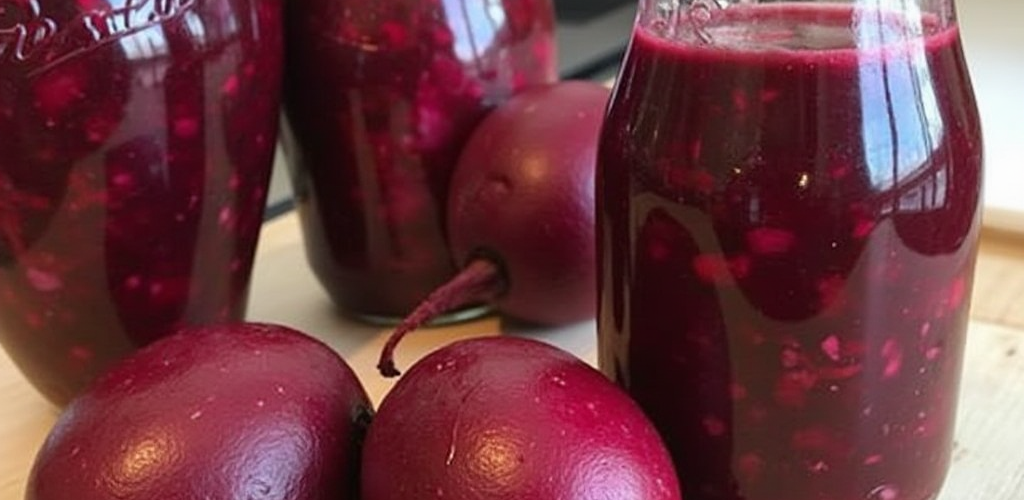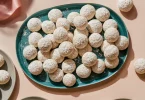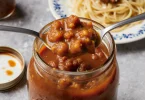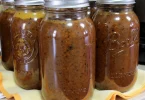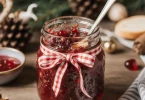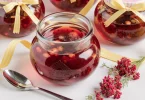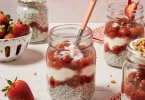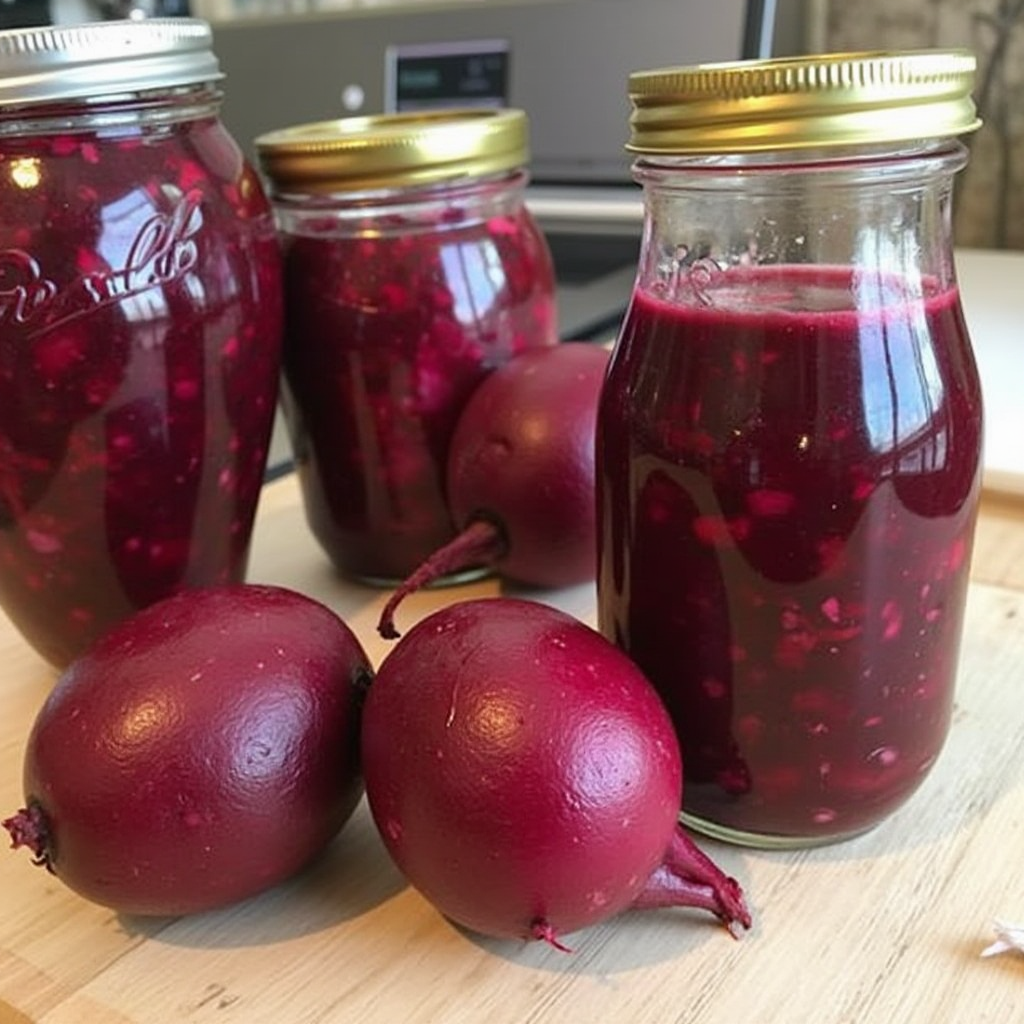
Introduction: The Heartfelt Story Behind Pickled Beets
Think back to a time when a simple jar of pickled beets could brighten your day. Maybe you remember the vibrant jars lining your grandmother’s pantry, each one a promise of sweet, tangy flavor. Or perhaps you discovered pickled beets at a family picnic, their jewel-toned slices adding color and zest to every plate. Pickled beets are more than just a side dish—they’re a connection to tradition, a burst of flavor in everyday meals, and a way to bring a little joy to your table. If you’ve never made your own, you’re about to discover just how easy and rewarding it can be.
What Are Pickled Beets?
The Basics and History of Pickled Beets
You might be wondering, what exactly are pickled beets? At their core, pickled beets are simply cooked beets preserved in a tangy, slightly sweet vinegar-based brine. This process not only extends their shelf life but also transforms their earthy flavor into something bright and crave-worthy.
Pickled beets have a long history in kitchens around the world. From Eastern Europe to the American South, families have been preserving beets for generations. Their popularity comes from their versatility—you can enjoy them as a snack, toss them into salads, or serve them alongside hearty main dishes.
Key Points:
- Pickled beets are easy to make at home with just a few ingredients.
- They offer a balance of sweet, sour, and earthy flavors.
- Popular in American, Eastern European, and Mediterranean cuisines.
- Perfect for meal prep, entertaining, or adding a pop of color to your table.
Health Benefits of Pickled Beets
Nutritional Value and Wellness Perks
When you reach for pickled beets, you’re not just getting a tasty treat—you’re also giving your body a boost of nutrients. Beets are naturally rich in fiber, vitamins, and minerals, making them a smart addition to your diet.
- Vitamins and Minerals: Beets are packed with folate, potassium, vitamin C, and manganese.
- Antioxidants: The deep red color of beets comes from betalains, powerful antioxidants that help fight inflammation and support overall health.
- Digestive Health: The fiber in beets supports healthy digestion and can help keep you feeling full.
- Heart Health: Beets contain nitrates, which may help lower blood pressure and improve circulation.
- Low in Calories: Pickled beets are naturally low in calories, making them a guilt-free snack.
If you use a fermented pickling method, you’ll also get the added benefit of probiotics, which support gut health. Even with quick pickling, you’re preserving many of the nutrients that make beets so good for you.
Key Points:
- Rich in fiber, folate, potassium, and antioxidants.
- May help lower blood pressure and support heart health.
- Low in calories, high in flavor.
- Can support gut health, especially if fermented (Healthline).
Pickled Beets Recipe and Ingredients
Pickled Beets Ingredients Table
Before you start, gather your ingredients. Here’s a classic recipe to get you started:
| Ingredient | Amount |
|---|---|
| Fresh beets | 2 lbs |
| White vinegar | 1 cup |
| Water | 1 cup |
| Sugar | 1/2 cup |
| Salt | 1 tbsp |
| Whole cloves | 4-6 |
| Bay leaf | 1 |
| Peppercorns | 1 tsp |
| Optional: onions | 1 small, sliced |
Ingredient Tips:
- Beets: Choose fresh, firm beets for the best texture and flavor.
- Vinegar: White vinegar is classic, but you can use apple cider or red wine vinegar for a different twist.
- Sugar: Adjust to your taste—use less for a tangier pickle, or substitute with honey or a sugar alternative.
- Spices: Whole cloves, bay leaf, and peppercorns add depth and aroma.
- Onions: Optional, but they add a nice bite and extra flavor.
How to Make Pickled Beets at Home
Step-by-Step Pickled Beets Recipe
Making pickled beets at home is easier than you might think. Here’s how you can do it:
- Prepare the Beets:
- Wash and trim the beets, leaving about an inch of stem to prevent bleeding.
- Boil or roast the beets until tender (about 30-45 minutes, depending on size).
- Let cool, then peel and slice into rounds or wedges.
- Make the Brine:
- In a saucepan, combine vinegar, water, sugar, salt, cloves, bay leaf, and peppercorns.
- Bring to a simmer, stirring until the sugar and salt dissolve.
- Pack the Jars:
- Sterilize your jars and lids by boiling them for 10 minutes.
- Pack the sliced beets (and onions, if using) into the jars, leaving about 1/2 inch of headspace.
- Add the Brine:
- Pour the hot brine over the beets, making sure they’re fully covered.
- Remove air bubbles by tapping the jars gently or using a clean utensil.
- Seal and Cool:
- Wipe the rims, seal the jars, and let them cool to room temperature.
- Refrigerate for at least 24 hours before eating for the best flavor.
- Store:
- Keep pickled beets in the refrigerator for up to 2 months.
Pro Tips:
Creative Ways to Enjoy Pickled Beets
Serving Ideas and Pairings
Pickled beets are incredibly versatile. Here are some delicious ways to enjoy them:
- Salads: Toss pickled beets with arugula, goat cheese, and walnuts for a vibrant salad.
- Side Dish: Serve alongside grilled meats, fish, or roasted vegetables.
- Sandwiches and Wraps: Layer pickled beets in sandwiches or wraps for a tangy crunch.
- Grain Bowls: Add to quinoa or rice bowls with fresh herbs and feta.
- Appetizer Boards: Pair with cheeses, cured meats, and crackers for a colorful charcuterie board.
- Eggs: Slice and serve with hard-boiled eggs for a classic combination.
Key Points:
Pickled Beets FAQ
Frequently Asked Questions About Pickled Beets
How long do pickled beets last?
Pickled beets can last up to 2 months in the refrigerator if stored in a sealed jar.
Can you use canned beets for pickling?
Yes, you can use canned beets for a quick version, but fresh beets offer better texture and flavor.
Are pickled beets good for you?
Absolutely! They’re packed with nutrients, low in calories, and offer antioxidants and fiber.
Can you make pickled beets without sugar?
Yes, you can use a sugar substitute or reduce the amount to taste. The sugar helps balance the vinegar, but it’s not essential.
What’s the best vinegar for pickled beets?
White vinegar is classic, but apple cider or red wine vinegar can add unique flavor notes.
Can you can pickled beets for long-term storage?
Yes, you can use a water bath canning method for shelf-stable pickled beets. Always follow safe canning guidelines.
Why are my pickled beets soft?
Overcooking the beets or storing them too long can make them soft. Cook just until tender and enjoy within a couple of months.
Can you add other vegetables to pickled beets?
Definitely! Onions, carrots, or even turnips can be added for variety.
Pickled Beets Recipe Table
Here’s a quick reference for your next batch of pickled beets:
| Ingredient | Amount |
|---|---|
| Fresh beets | 2 lbs |
| White vinegar | 1 cup |
| Water | 1 cup |
| Sugar | 1/2 cup |
| Salt | 1 tbsp |
| Whole cloves | 4-6 |
| Bay leaf | 1 |
| Peppercorns | 1 tsp |
| Optional: onions | 1 small, sliced |
Conclusion: Bring the Joy of Pickled Beets to Your Table
Pickled beets are more than just a side dish—they’re a celebration of tradition, flavor, and the simple pleasures of home cooking. With their sweet-tangy taste, vibrant color, and impressive health benefits, they deserve a place in your kitchen. Whether you’re making them for the first time or reviving a family recipe, pickled beets are sure to bring a smile to your face and a burst of flavor to your meals.
Now it’s your turn to experience the magic of pickled beets. Gather your ingredients, follow the simple steps, and don’t be afraid to experiment with spices and pairings. Share your creations with friends and family, and let the humble beet become a star at your table.
Ready to try pickled beets for yourself?
Give the recipe a go, explore new flavor combinations, and share your results in the comments below. If you have questions or want to show off your pickled beet masterpiece, we’d love to hear from you. Your next favorite side dish is just a jar away—happy pickling!

